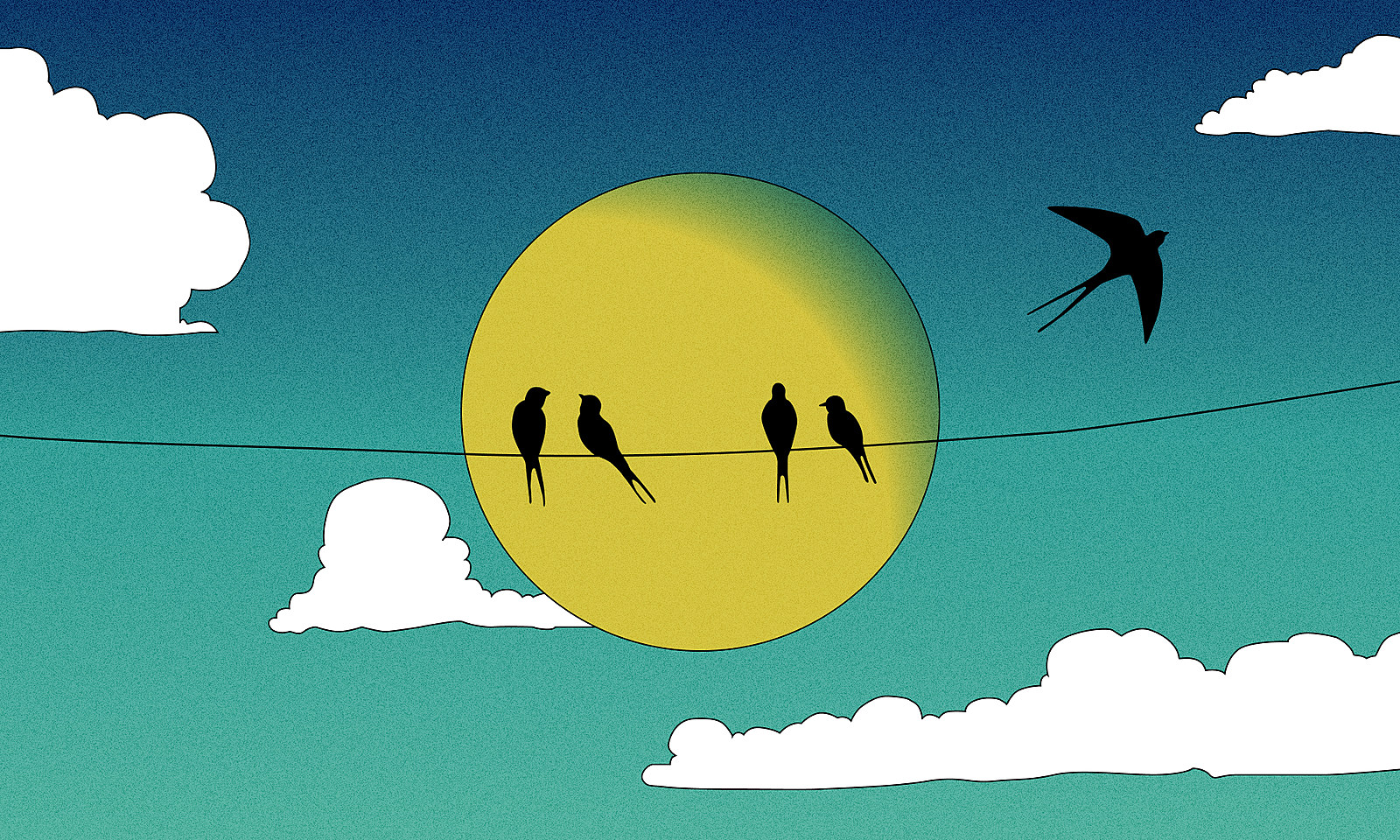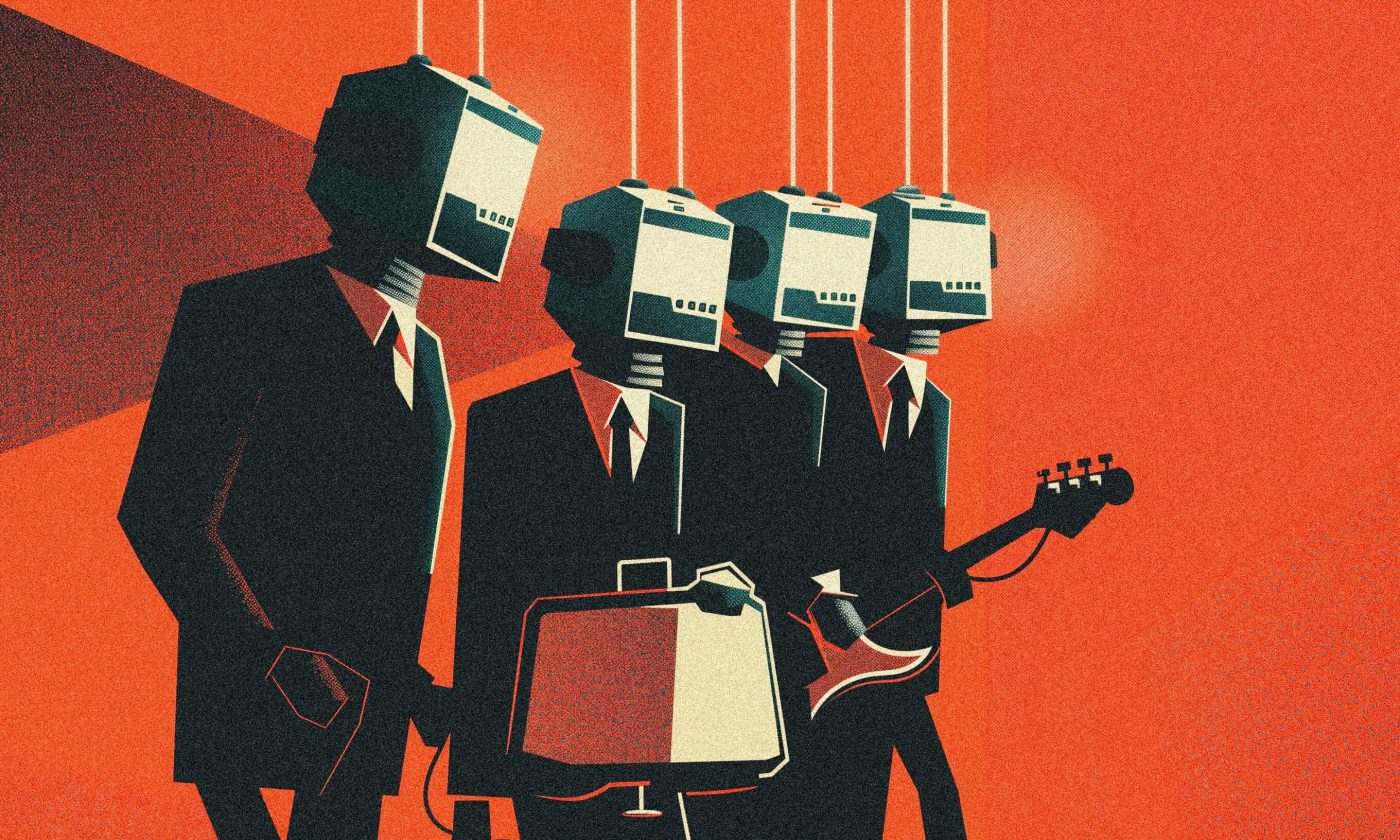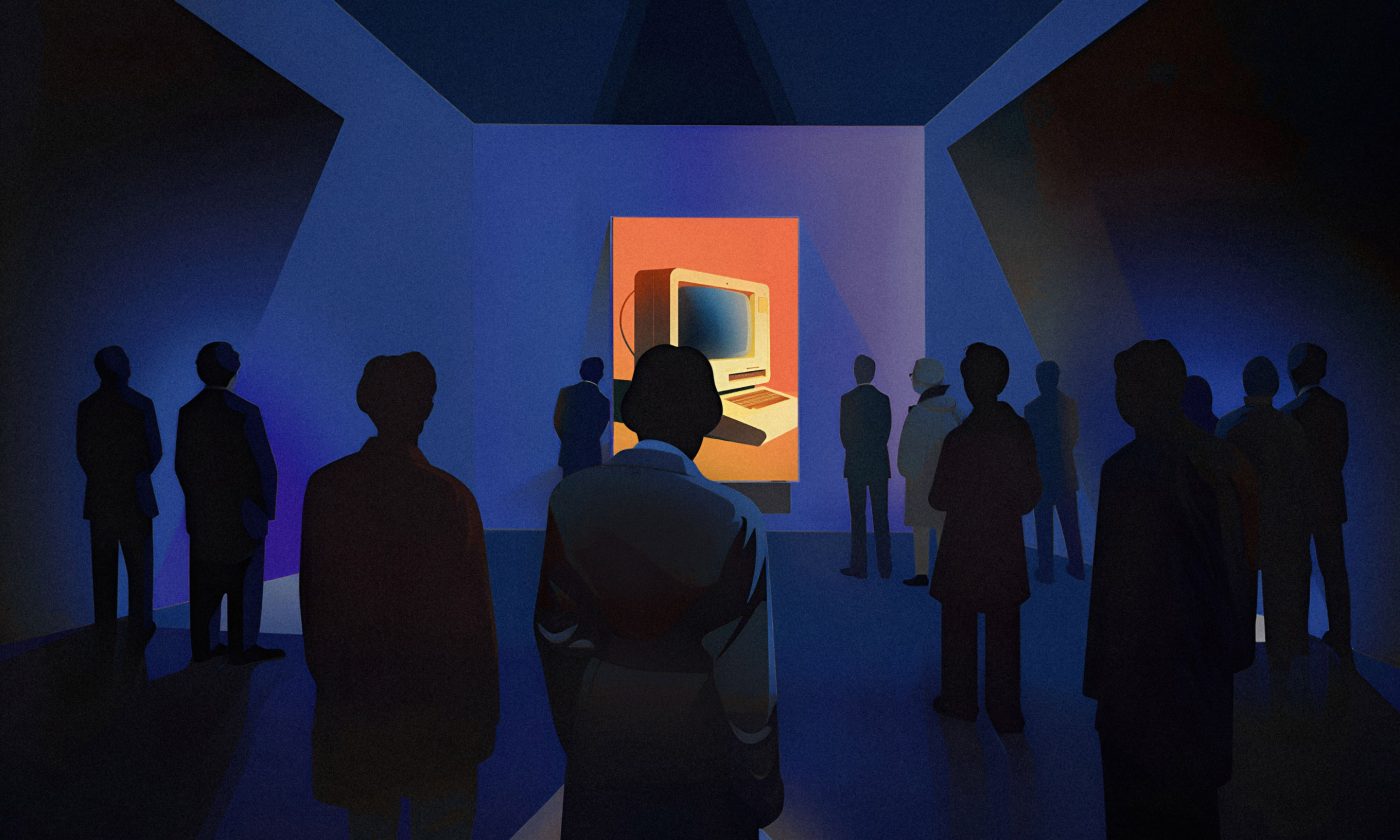I wonder what it’s like to be the richest man on the face of the Earth.
Elon Musk is currently worth 219 billion dollars. That’s around 120 times more than Kim Kardashian.
When money is not an issue, it’s also not the main motif for new business ventures. So, what on Earth is Musk planning to do with Twitter, and how will this dramatic corporate acquisition reflect on the changing social media landscape?
Without further ado, let’s take a deep dive into the visionary billionaire troublemaker’s latest undertaking.
The bird is free?
Elon Musk’s acquisition of Twitter was dramatic enough in its preparatory, will-he-won’t-he phase, but now that it actually happened, dramatic is an understatement. Will he bring Donald Trump back, will he run Twitter into the ground, will he face more lawsuits after the mass layoffs?
The Internet is on fire with all the theories weighing in on this, and so is Twitter. This corporate takeover saga is unique in the respect that the subject of the acquisition is also a sounding board for the acquirer’s ideas.
If you have only a vague idea of what went down in the ten days since Elon Musk walked into Twitter headquarters with a sink, here’s a helpful timeline to get you up to speed.
But to know where the quirky billionaire is going with this, we first need to understand where he’s been.
Elon Musk is an entrepreneurial icon who never missed the chance to make the headlines either for his out-there business ventures, visionary ideas, controversial claims in the public arena, or flamboyant personal life.
His most successful businesses, SpaceX and Tesla, both went through periods of hardships before reaching the status they have today. Musk’s rockets have been known to blow up on liftoff. On landing. And during ground tests. Tesla’s self-driving software Autopilot has been linked to ten vehicular deaths. Both companies came close to bankruptcy in the past decade.
It seems that Elon Musk is operating under the crash-it-till-you-make-it approach. But made it he did, and here is a story of true digital transformation and industry disruption, if ever there was one. Tesla has sold 3.2 million cars worldwide and shifted the entire auto market in the electric direction, all thanks to a very simple business plan that Musk published in a blog post back in 2006. All of Tesla’s IT systems have been built in-house, from scratch. The software they created enabled the company to push more of its sales online and become the first automaker in the world to disrupt the franchise car dealership business model.
In just over a decade, Elon Musk also became the most prominent player in the commercial space industry. SpaceX raced ahead of its rivals in building a reusable rocket that can carry passengers. The company put more satellites into orbit in the first quarter of 2022 than all other countries and private companies combined. SpaceX’s Starship, now worth around $125 billion, is NASA’s vehicle of choice to land astronauts on the moon over the next few years. One day, it will also be used to colonize Mars, Musk is convinced.
Today, Elon Musk owns a total of five companies: SpaceX, Tesla, The Boring Company, Neuralink, and OpenAI. However, his latest acquisition is a whole new ballgame. Instead of dealing with innovation and ground-breaking technology, it deals with people. And people are complicated.
Though his crowdsourced ideas for the future of Twitter are vague, to say the least, they strongly hint that Musk is looking to monetize one of the largest social networks. The new Twitter Blue subscription, ready to be launched just after the US midterm elections, allows anyone to pay for a verified check attached to priority status for their tweets, longer audio and video posts, and fewer ads.
And this, my friends, has never been done before. The biggest way that social networks generate revenue is through advertising. Remember the whole “you are the product” narrative? Twitter as we used to know it depended on advertisers to provide 90% of its revenue. However, that whole model is proving not so solid as all the social media giants face drops in advertising dollars and a diminishing user base.
The exception, as we know, is TikTok, but TikTok operates under a hybrid model where it earns money not only from advertisers but also through in-app purchases served to content creators’ followers.
Elon Musk was open about the fact that he didn’t buy Twitter with profit as the primary objective. It wouldn’t be the best choice anyway because the company had its struggles even before the acquisition.
But to realize whatever higher goal he has envisioned for the platform, he still needs to keep it afloat. The acquisition itself left Twitter facing interest payments totaling close to $1.2 billion in the next year, while the company’s most recently disclosed cash flow amounted to $1.1 billion. Musk might not be in it for the money, but he is surely not keen to jeopardize his private wealth to keep operations going.
Judging by what we’ve seen so far, Twitter is on Autopilot on the road to monetization. And regardless of whether this succeeds or not, it is one ballsy move. One of the largest social media platforms is now in the hands of a man who is accustomed to risk and failure, has the largest budget on the planet, and enough drive to spend years chasing his vision. Give him a couple of weeks, and we might witness the transformation of the social media landscape as we know it. If not, the crash is sure going to be spectacular.











